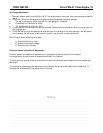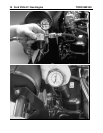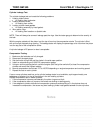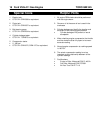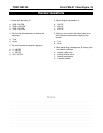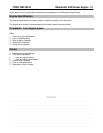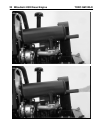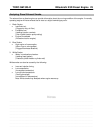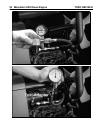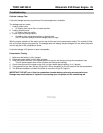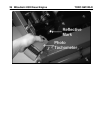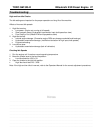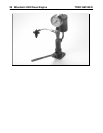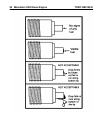
TORO GM 325-D Mitsubishi K3D Diesel Engine
Notes
________________________________________________________________________________________________________________
________________________________________________________________________________________________________________
________________________________________________________________________________________________________________
________________________________________________________________________________________________________________
________________________________________________________________________________________________________________
________________________________________________________________________________________________________________
________________________________________________________________________________________________________________
________________________________________________________________________________________________________________
________________________________________________________________________________________________________________
23
Analyzing Diesel Exhaust Smoke.
The exhaust from a diesel engine can provide information about the running condition of the engine. A normally
operating engine will have exhaust that is clear to a slight brownish/gray color.
1. Black Smoke.
• Insufficient air.
(Plugged or dirty air filter)
• Excessive fuel.
(Leaking injection nozzles)
(Over fueled injection pump setting)
• Engine Overloaded.
(Excessive load on engine)
2. Blue Smoke.
• High engine oil consumption.
(Worn rings or valve guides)
(Plugged crankcase breather)
3. White Smoke.
• Water in combustion chamber.
(Leaking head gasket)
(Cracked cylinder head or cylinder wall)
White smoke can also be caused by the following:
• Incorrect injection timing.
• Low compression.
(Incomplete combustion)
• Low cylinder temperature.
(Faulty glow plugs)
(low ambient air temperature)
Note: White smoke may dissipate when engine warms up.



